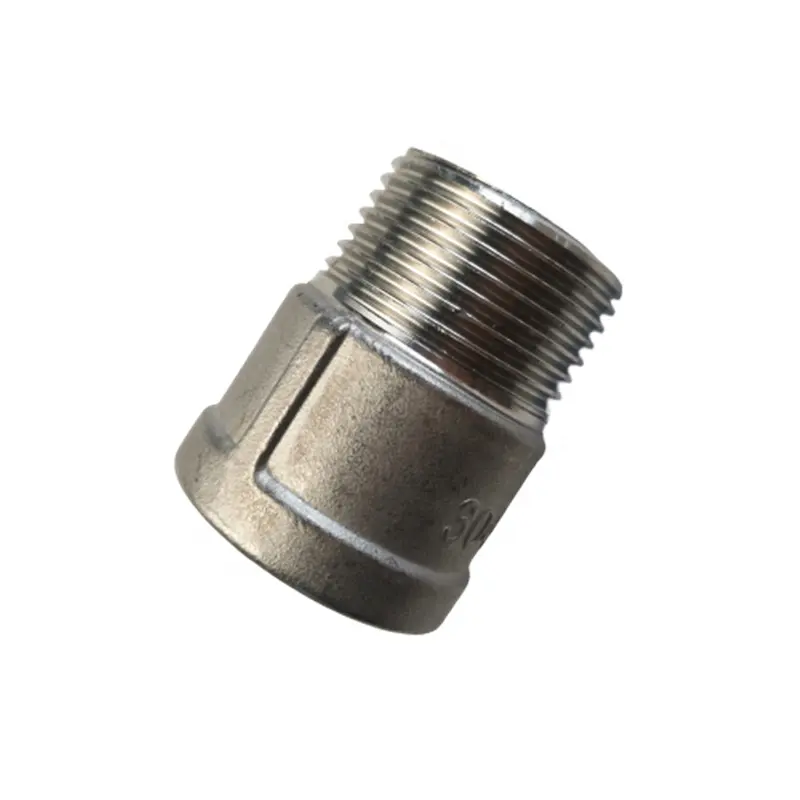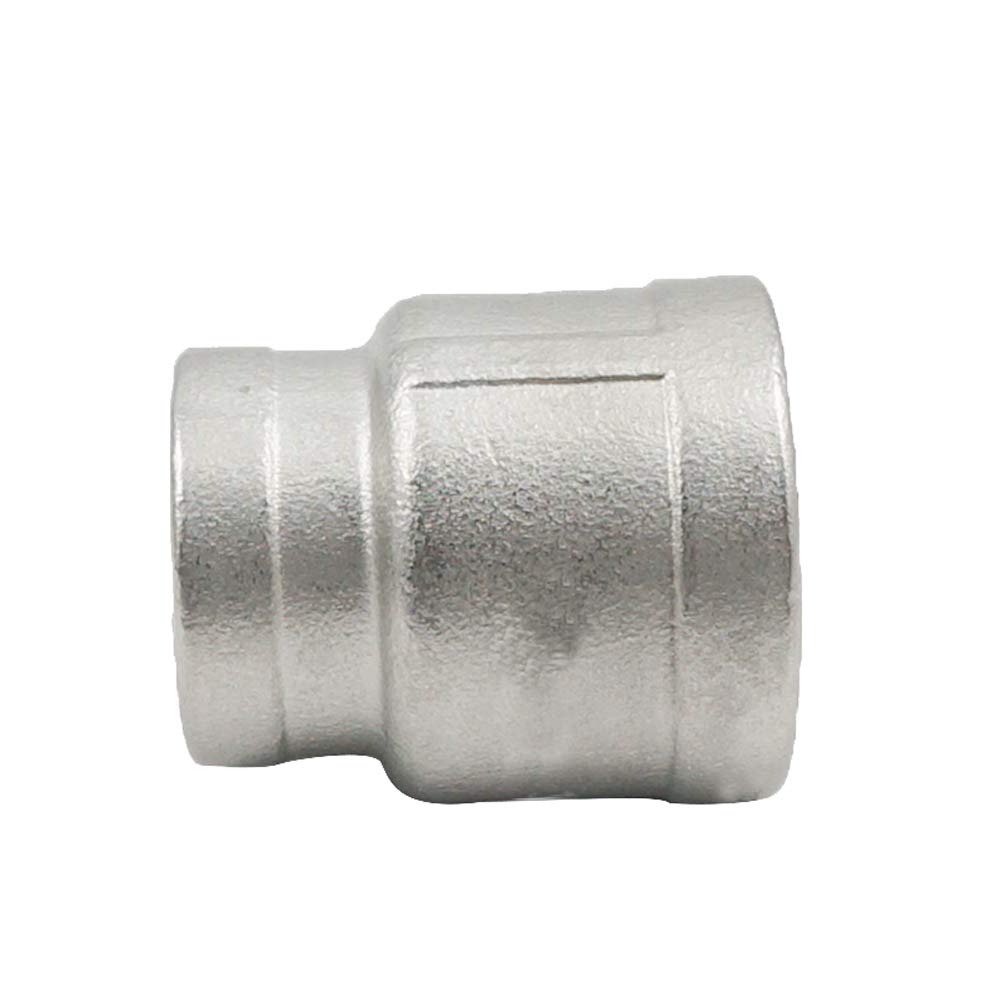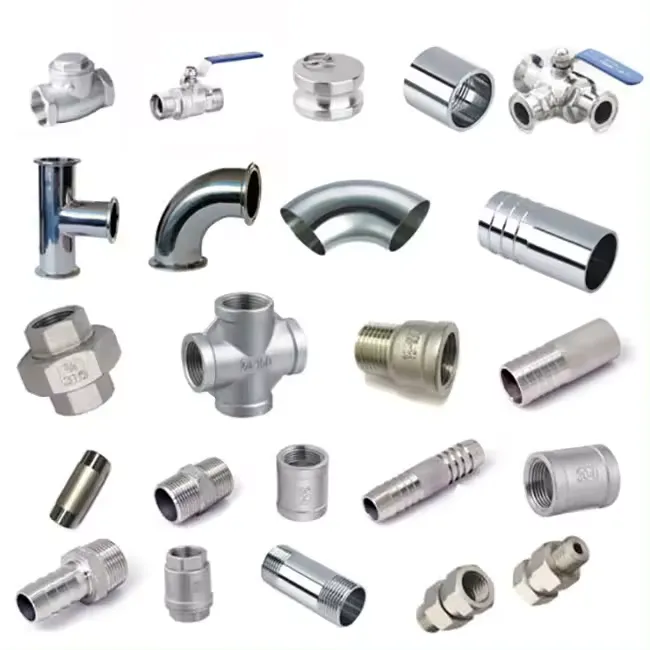Introducing Steel Reducer Coupling
1. Durability and Strength
Steel reducer couplings are known for their durability and strength, making them ideal for heavy-duty industrial applications where high torque and load capacities are required.
2. Precision Engineering
These couplings are meticulously engineered to ensure precise alignment and smooth operation, reducing wear and tear on connected equipment.

3. Corrosion Resistance
Steel reducer couplings are resistant to corrosion, making them suitable for use in harsh environments where exposure to moisture or chemicals is a concern.
4. Versatility
These couplings are versatile and can accommodate different shaft sizes and types, providing flexibility in various machinery setups.
5. Easy Installation
Steel reducer couplings are designed for easy installation, saving time and effort during assembly and maintenance processes.
Types of Reducer Couplings
Gear Couplings
Gear couplings are known for their high torque transmission capabilities and are commonly used in heavy machinery applications.
Flexible Couplings
Flexible couplings are designed to dampen vibrations and compensate for misalignments, making them suitable for applications where smooth operation is essential.
Fluid Couplings
Fluid couplings use hydraulic fluid to transmit power, providing efficient torque transmission and reducing wear on connected equipment.
Benefits of Reducer Couplings
Torque Transmission
Reducer couplings efficiently transmit torque from one shaft to another, ensuring smooth and reliable operation of machinery.
Vibration Damping
These couplings help dampen vibrations, reducing noise levels and prolonging the lifespan of connected equipment.
Misalignment Compensation

Reducer couplings can compensate for shaft misalignments, reducing the risk of premature wear and damage to machinery.
Power Efficiency
By transmitting power efficiently, these couplings help optimize energy usage and improve the overall performance of machinery.
Installation and Maintenance Tips
1. Ensure proper alignment of shafts before installation to prevent excessive wear on the coupling.
2. Regularly inspect the coupling for signs of wear and tear, and replace it if necessary to prevent equipment failure.
3. Lubricate the coupling regularly to ensure smooth operation and prevent overheating.
4. Follow manufacturer’s guidelines for installation and maintenance to maximize the lifespan of the coupling.
5. Monitor coupling performance during operation and address any issues promptly to avoid costly repairs.
Factors to Consider When Choosing Reducer Couplings
1. Torque capacity: Select a coupling that can handle the required torque levels for the application.
2. Shaft misalignment: Consider the degree of misalignment that the coupling can accommodate to prevent premature wear on machinery.
3. Operating environment: Choose a coupling that is suitable for the specific environmental conditions, such as temperature, moisture, and chemical exposure.
4. Maintenance requirements: Evaluate the maintenance needs of the coupling to ensure optimal performance and longevity.
5. Cost-effectiveness: Compare the cost of different couplings and consider the long-term benefits of investing in a high-quality, durable product.
About HZPT
As an established manufacturer with 16 years of experience, HZPT specializes in designing and producing a wide range of couplings, including steel reducer couplings. Our commitment to quality, customization, and customer satisfaction sets us apart in the industry. With CE and TUV certificates, our products are known for their reliability and performance. We take pride in offering competitive prices, excellent service, and top-notch product quality to our customers in Europe and the United States. Choose HZPT for your coupling needs and experience the difference in quality and service.
